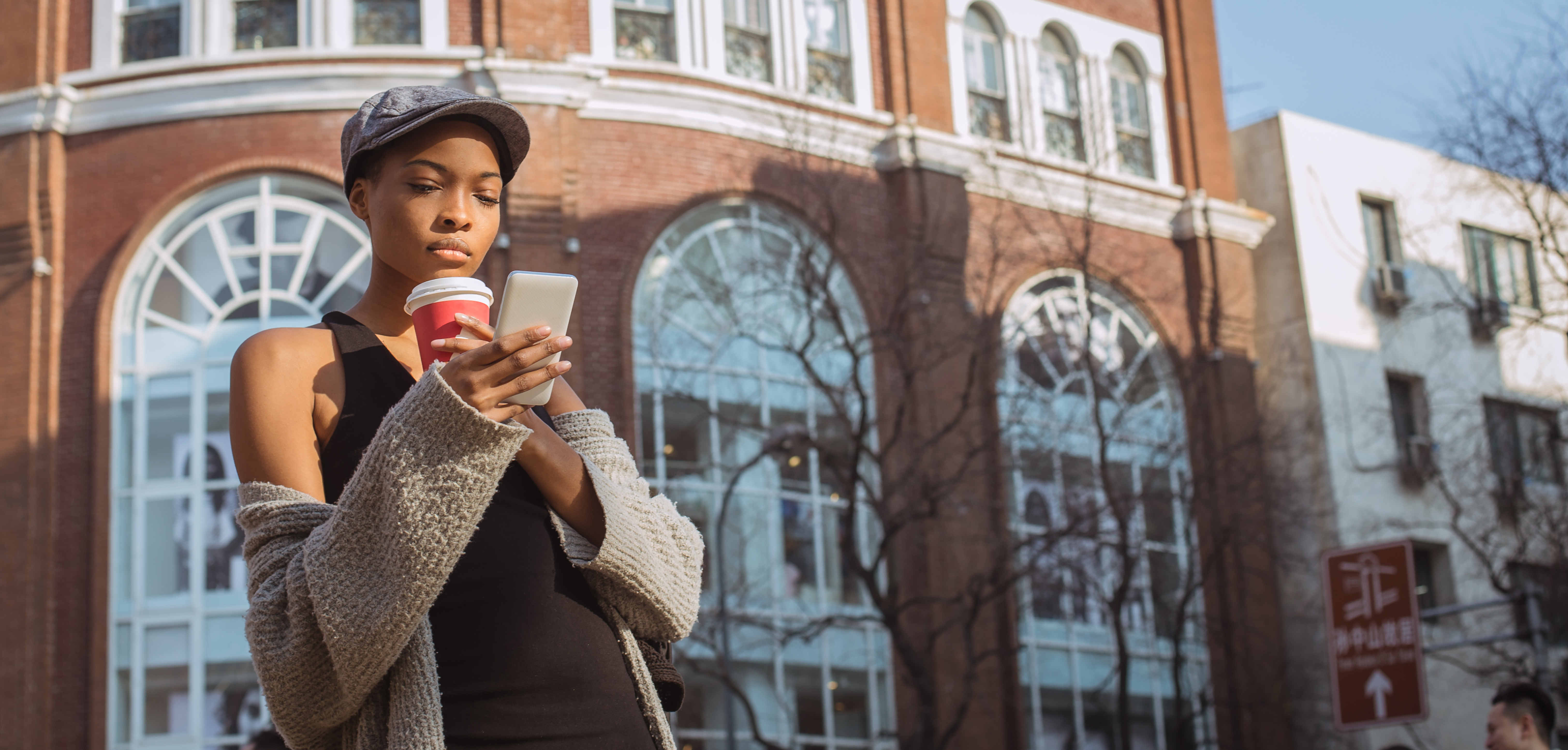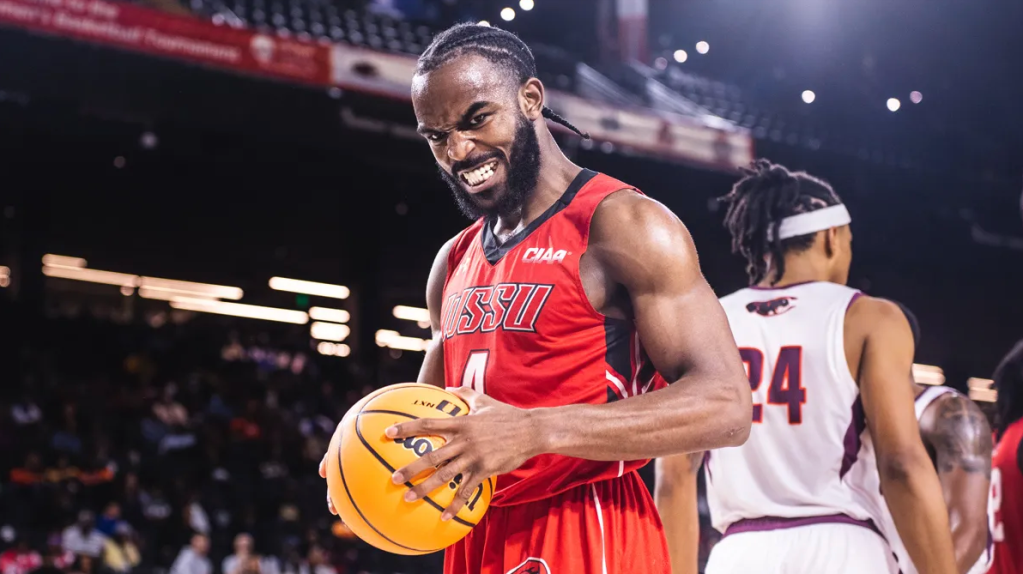
Source: South_agency / Getty
The internet as we know it could be changing for the worst. The Federal Communications Commission (FCC) is currently considering altering net neutrality regulations. The current Title II classification allows all users of the internet access to websites equally as long as they are legal outlets. Removing net neutrality would allow internet providers like Verizon, Comcast and Spectrum to limit access to specific search engines, slow down competitor streaming services, and ultimately encourage online censorship. It will also create a hierarchy among those who can afford “premium” access to the internet, or internet access that will be quicker and easier to use.
“What you’re really looking at is the internet becoming a little less like the internet and a little more like cable TV,” Elliot Harmon, activist at Electronic Frontier Foundation, told Mic.
FCC Chairman Ajit Pai, appointed by President Trump in January, told NPR that repealing the current net neutrality rules is necessary in order to regulate market failure. While the Trump administration continuously considers how things will affect the “market,” they repeatedly fail to acknowledge how their actions will directly disadvantage low-income citizens and particularly people of color.
According to the Free Press, people of color comprise 32 million of the 69 million people in the United States who lack any form of internet access. While they make up almost half of the U.S. population, they still rely on the internet to access crucial pieces of information they wouldn’t be able to receive elsewhere for numerous reasons.
Here are just some of the ways people of color will be impacted if these FCC regulations are revisited.
1Health Conditions
People of color face higher morbidity and mortality issues than white people, being more vulnerable to chronic diseases such as asthma, arthritis, cardiovascular disease, cancer and diabetes, as per a 2012 study ‘Minorities, Mobile Broadband and the Management of Chronic Diseases‘.
A 2013 National Healthcare Disparities Report states 35 percent of Latinxs and Black low-income individuals reported difficulties getting the care they need. This can be due to the limited availability of primary care physicians in underserved areas, lack of healthcare coverage, and monetary reasons (i.e. being unable to take off work). 67 percent of Black Americans are reported to use their smartphones to get information on a health condition and 73 percent of Latinx report to do the same. There are various online resources and apps available to help people with disabilities, diseases, and conditions use to survive every day.
2 Access to Jobs
There are many people who can’t look for jobs or even submit cover letters and resumes due to lack of internet access. To retrieve information about a job, 55 percent of both Black and Hispanic populations are reported to use their smartphones according to the Pew Research Center. 31 percent of Black people are also reported to use them to submit job applications followed by the 26 percent of Latinx. In another post by the Pew Research Center, 52 percent of Americans feel that non-broadband users are at a major disadvantage when it comes to accessing job opportunities or improving their career skills. Unemployment rates for Black people are still twice as high as the United States overall percentage—our guess is changes in net neutrality regulations could impact rates.
3 Educational Content
The Pew Research Center‘s 2015 report states that 32 percent of Black adult smartphone owners use their phone for educational content and 45 percent are Latinx. Many Latinx use the internet to take online classes or for educational content for their children.
In a 2015 study done by The Families and Media Project called “Aprendiendo en Casa,” it was found that many Latinx families use the internet to help their children develop academic skills. In some cases, children might have homework questions their parents cannot help them with for reasons such as limited education level or difference in language. Resources such as YouTube videos, educational internet games, and mobile apps are able to bridge the gap for many kids of color.
Millennial activists, particularly millennials of color, have used the internet and social media as a way to push for and implement change. They share knowledge and testimonies on platforms like Tumblr and blast announcements and updates on Facebook and Twitter. Powerful groups like the DREAMers and coalitions like the Movement for Black Lives would not be able to organize in the ways that they have if it were not for the alternative media conversation that we have created around these topics on the internet. And in midwestern and southern states like Wisconsin or Mississippi, working poor people and people of color are already lacking in the resources they need to thrive and get proper internet access.
As much as Trump’s administration infers that this change would be for the nation’s greater good, we are continuously reminded that people of color and the working poor are never considered in Trump’s imagined great America.
















